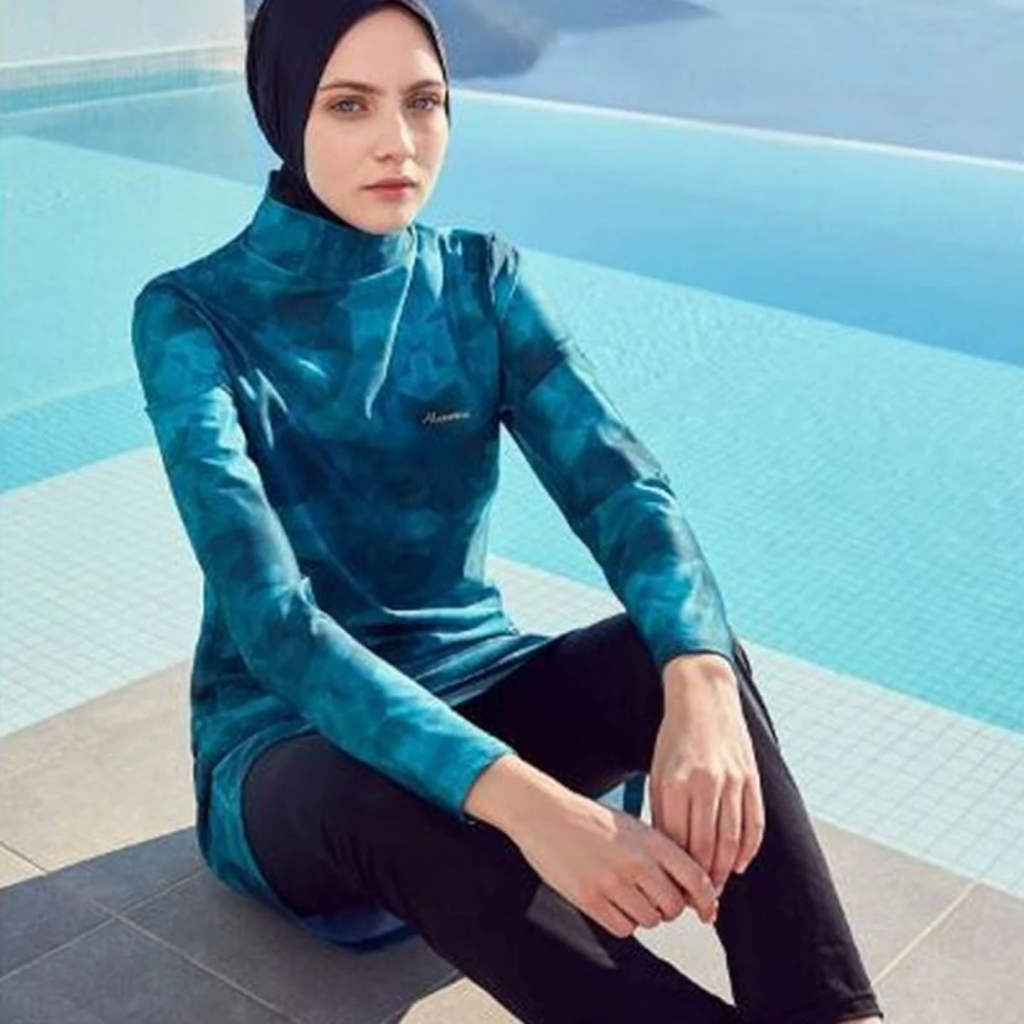
The burkini, a full-body swimsuit worn by some Muslim women, has become a symbol of both controversy and empowerment in the world of sports. For many Muslim women who want to participate in swimming, water sports, or other athletic activities, the burkini represents a way to maintain their religious and cultural values while also pursuing their athletic goals. However, the burkini has also been the subject of discrimination, stereotypes, and controversy in the sporting world. In this article, we will explore the issue of the burkini and sports, examining the challenges faced by Muslim women athletes and the efforts to challenge stereotypes and discrimination.
The challenges faced by Muslim women athletes
Muslim women face multiple challenges when it comes to sports and physical activity. One of the primary obstacles is the lack of appropriate clothing and equipment that allows them to participate in sports while adhering to their religious and cultural values. Many Muslim women are required by their faith to cover their bodies, including their hair, arms, and legs, which can make it difficult to find sports clothing that is both modest and functional.
Traditional sports clothing, such as shorts and tank tops, may not be compatible with Muslim women’s cultural values, leading them to abstain from sports altogether. This lack of representation and inclusivity can discourage Muslim women from participating in sports and limit their opportunities for physical activity.
Stereotypes and discrimination
In addition to the lack of appropriate sports clothing, Muslim women also face stereotypes and discrimination in the sporting world. They may face challenges in finding appropriate facilities for prayer and changing, or be subject to harassment and ridicule from teammates and opponents who do not understand their religious practices.
The burkini and empowerment
Despite these challenges, Muslim women athletes are challenging stereotypes and discrimination by embracing the burkini. The burkini has become a symbol of empowerment, allowing Muslim women to participate in sports and physical activity while maintaining their religious and cultural values. By wearing the burkini, Muslim women athletes are asserting their agency and identity, challenging the notion that they are oppressed or inferior.
Efforts to challenge discrimination
Efforts to challenge discrimination and promote inclusivity in sports have been gaining momentum in recent years. The International Olympic Committee (IOC) has been working to increase gender and cultural diversity in sports, including promoting the inclusion of Muslim women athletes. The IOC has encouraged national Olympic committees to provide appropriate sports clothing and facilities for Muslim women, and has also relaxed the clothing rules to allow for more flexibility.
In addition, initiatives such as the Nike Pro Hijab have been launched to provide appropriate sports clothing for Muslim women athletes. The Nike Pro Hijab is a lightweight, breathable hijab designed to enable Muslim women to participate in sports without compromising their religious beliefs.
Furthermore, Muslim women athletes and their advocates are using social media and other platforms to raise awareness of their experiences and challenge stereotypes.
Conclusion
The burkini and sports is a complex issue that involves challenges, stereotypes, and resistance. Muslim women athletes face multiple obstacles, including a lack of appropriate sports clothing, stereotypes, and discrimination. However, the burkini has become a symbol of empowerment, enabling Muslim women to participate in sports and challenge stereotypes. Efforts to promote inclusivity and diversity in sports, including the Nike Pro Hijab and the #MuslimWomenInSports movement, are helping to raise awareness and challenge discrimination. By promoting inclusivity and representation in sports, we can create a more diverse and equitable sporting world for all athletes.

